By Will Creed, owner of HorticulturalHelp.com
Common Chickweed (Stellaria media)
24.07.2023 - 12:35 / hgic.clemson.edu
Common chickweed is a low, spreading, winter annual weed that germinates when we receive lots of cool, wet weather. Its leaves are opposite each other, smooth and elliptical in shape. It is tolerant of a variety of conditions and thrives in moist, shady locations. This weed can produce seeds five weeks after germination and will continue to produce seeds for months. Each common chickweed plant can produce over 800 seeds and the seeds can lay dormant in soil for up to 10 years. Even once the weed is uprooted, it can continue to produce seeds and can even reestablish itself, if left on the ground.
Common chickweed thrives in lawns that are mowed closely, so remember to raise your mowing heights in the fall. Limit excessive soil moisture by only providing irrigation as needed. For information on watering lawns, see factsheet HGIC 1207, Watering Lawns. This weed will also thrive in landscape beds with little to no mulch. A three-inch layer of a course mulch will greatly reduce the incidence of the weed, as the seeds need light to germinate. For information on mulch, see factsheet HGIC 1604, Mulch. Mechanical removal of chickweed from landscape beds and gardens is easy, because the weed is shallow rooted. For information on chemical control of common chickweed, see factsheet HGIC 2301, Broadleaf Weeds.
Chickweed is an herb native to Europe and can be added to salads and other foods. It is said to have a mildly floral, grass-like flavor likened to corn silks. It can be eaten raw or cooked as a vegetable. The weed also serves as a host plant for the larva of the Venerable Dart and Chickweed Geometer moths. The flowers provide nectar for elfin butterflies, syrphid flies and other beneficial insects. On the other hand, chickweed
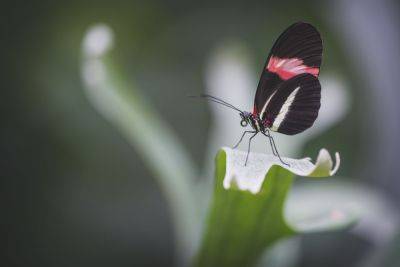
Butterflies Prove Complex Learning May Be More Common in Insects Than We Thought
It's easy not to think much about the intelligence of insects. Tiny creatures with even tinier brains—how smart can they be?
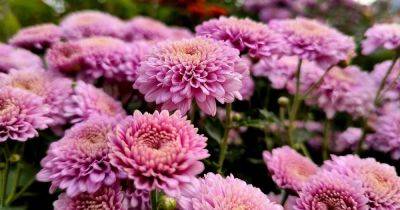
Identify and Control 13 Common Chrysanthemum Pests
Identify and Control 13 Common Chrysanthemum Pests
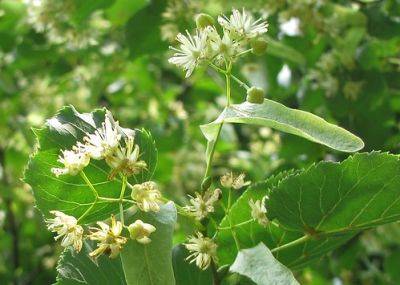
Linden Tree Common Lime -Root and Branch
The Lime is a tall growing well shaped tree which is often grown along avenues and public places in the UK. The flowers have an exquisite fragrance.
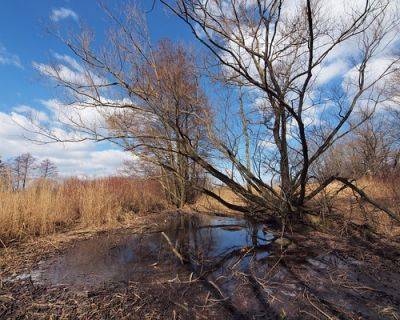
Common Alder – Root and Branch Review
A water loving tree that is comparatively short lived at about 150 years. It is fast growing and can often be found near river banks.
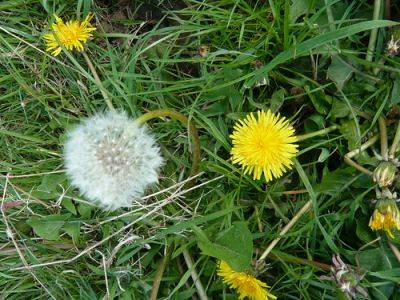
Common Lawn Weeds Ruin Stripes
Many common weeds found in lawns and grass are appealing wild flowers. They look best in a meadow setting and not in a manicured lawn.
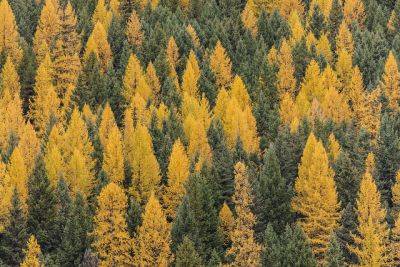
Common Larch – Root and Branch Review
Larch trees are common in forestry plantations and high ground in the UK. Larch are fast growing and loose there leaves in winter. The wood from Common Larch trees is still used for a range of purposes.

Common Lawn Weeds and Treatment
Bellis or Daisy is recognised by it’s flat rosettes of oval leaves and small white yellow eyed flowers. They tend to form colonies that hug the ground to smother out nearby grass. From the boots of the ‘My old mans a dustman’ song, ‘it takes such a job to pull them up that he calls them daisy roots’ the best treatment is a selective weed killer that may need a couple of applications. Alternatively each root can be dug out by hand.
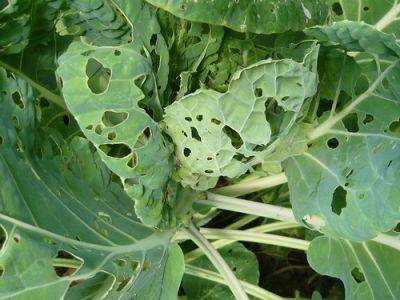
Common Garden Pests
Sometimes we don’t see the pest, but we definitely see their work.
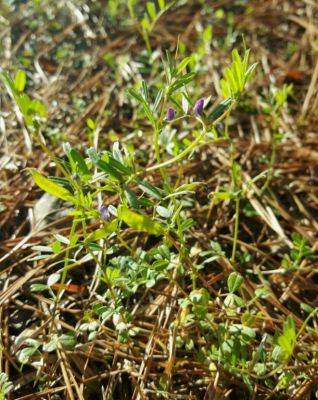
Narrowleaf Vetch, Common Vetch
Narrowleaf vetch (Vicia sativa) is a common winter annual weed in the legume family, and it fixes its own nitrogen from the atmosphere. This plant has been grown since Roman times for livestock fodder and as a cover crop.
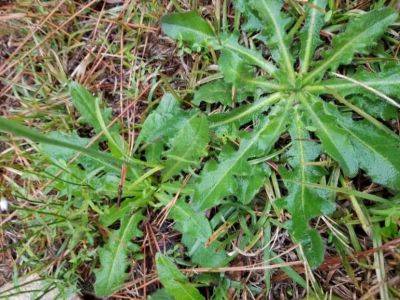
Weed of the Month – Common Cats-ear
Common cats-ear (Hypochaeris radicata) is a perennial weed. Its name comes from the dense hairs that cover the leaves. It looks very similar to dandelions, but its leaves are not as deeply notched. It also produces yellow flowers and puffball seed-heads very similar to dandelions. Common cats-ear flowers throughout the summer and most heavily in September. Common cats-ear is native to Europe and Northern Asia and can become quite a problem in thin, open areas. The first step in maintaining a thick, healthy lawn is ensuring that you have selected the best grass for your landscape. For more information on the characteristics of different turfgrasses, please see HGIC 1223, Turfgrasses for the Carolinas.
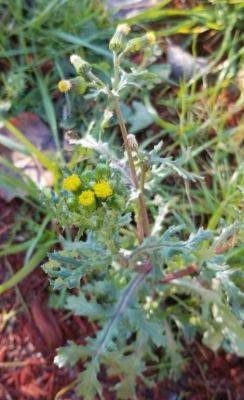
Weed of the Month Common Groundsel
Common groundsel (Senecio vulgaris ) is an annual winter weed in the aster family. Luckily, it rarely becomes a problem in the lawn since it does not survive mowing. It can, however, quickly become a problem in vegetable gardens and landscape beds if ignored. Common groundsel can produce flowers within 45 days of germination and up to 25,000 seeds per plant. The seeds are easily spread by the wind due to their feathery bristles, called pappus, that function as a parachute. The seeds do not survive for long in the soil; therefore, diligent removal before flowering can help get infestations under control in a couple of seasons. After pulling, plants need to be disposed of, as open flowers can continue to produce seeds if left in the landscape.
